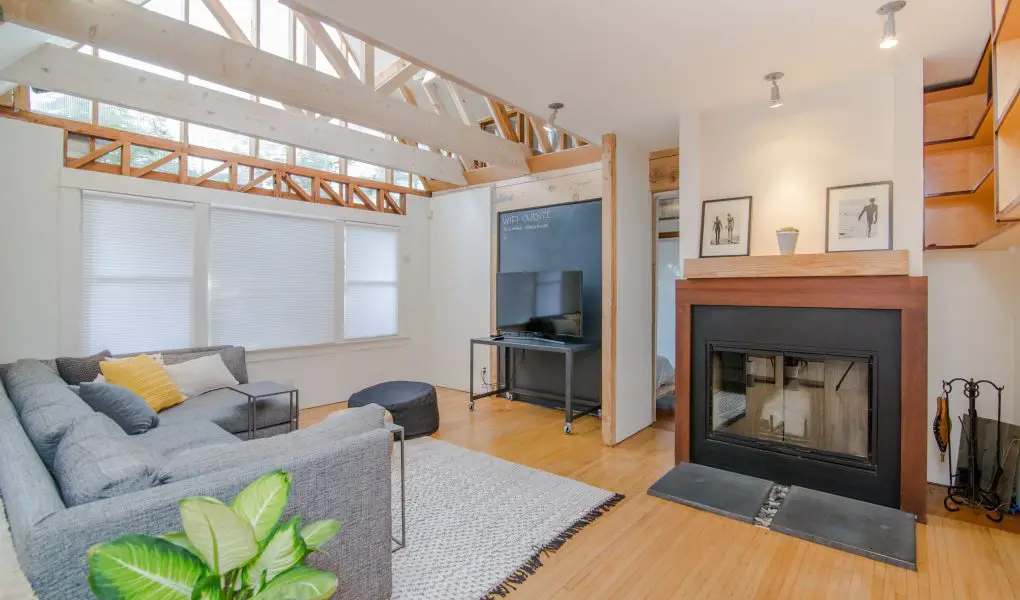Are you an aspiring interior designer looking for innovative ways to improve your designs? Or perhaps you’re a homeowner looking to transform your living space into a haven?
Artificial Intelligence (AI) is revolutionizing the field of interior design, making it easier and more efficient to create stunning designs that align with your vision. In this beginner’s guide, we’ll explore the basics of using AI for interior design.
What is AI in Interior Design?
Artificial intelligence refers to the ability of machines to perform tasks that would typically require human intelligence, such as learning, problem-solving, and decision-making. In interior design, AI is used to analyze data and provide insights that inform the design process, from selecting colour schemes and furniture to optimizing space.
Benefits of Using AI in Interior Design.
There are several benefits to using AI in interior design, including:
Time and Cost Savings.
AI can automate tedious and time-consuming tasks, such as measuring spaces and selecting furniture. This not only saves time but also reduces costs by eliminating the need for manual labor.
Personalization.
AI algorithms can analyze data about a client’s preferences, lifestyle, and budget to create personalized designs that meet their unique needs.
Improved Efficiency.
AI can quickly generate and test multiple design options, allowing designers to find the best solution faster and more efficiently.
Enhanced Creativity.
AI can suggest unique design ideas that may not have been considered otherwise, sparking creativity and innovation.
Get the eBook: ChatGPT for Interior Designers: How to work smarter, not harder.
Using AI for Interior Design.
Now that you know the benefits of using AI for interior design let’s explore how to get started.
Step 1: Define Your Project Scope.
The first step in using AI for interior design is to define your project scope. This includes identifying the goals, budget, timeline, and any constraints or limitations. You should also consider the client’s preferences and needs to ensure that the final design aligns with their vision.
Step 2: Collect Data.
The next step is to collect data about the project. This may include information about the space, such as measurements, floor plans, and photos. It may also include data about the client, such as their lifestyle, preferences, and budget.
Step 3: Analyze the Data.
Once you’ve collected the data, you’ll need to analyze it to gain insights that inform the design process. AI algorithms can analyze the data to identify patterns and trends, such as which colors and materials are most popular or which furniture arrangements optimize space.
Step 4: Generate Designs.
Using the insights gained from analyzing the data, you can use AI to generate multiple design options. This may include 2D or 3D renderings of the space that show different furniture layouts, color schemes, and lighting options.
Step 5: Refine and Test.
After generating the designs, you’ll need to refine and test them to ensure they meet the project scope and client’s needs. This may involve making adjustments to the furniture layout, color scheme, or lighting to optimize the space and create the desired ambiance.
Step 6: Implement the Design.
Once you’ve refined and tested the designs, it’s time to implement them. This may involve purchasing furniture and decor, painting walls, and arranging furniture. You should also consider the practical aspects of the design, such as lighting and storage, to ensure that the space is functional as well as aesthetically pleasing.
Tools for Using AI in Interior Design.
There are several tools available for using AI in interior design, including:
RoomSketcher.
RoomSketcher is an online tool that allows you to create 2D and 3D floor plans and visualize designs in realistic 3D. It also has a library of furniture and decor to choose from and allows you to customize the materials, colors, and textures of your designs.
Morpholio Board.
Morpholio Board is an app that allows you to create digital mood boards for your interior design projects. It also has a feature called “AR SketchWalk” that allows you to view your designs in augmented reality.
Autodesk Homestyler.
Autodesk Homestyler is a free online tool that allows you to create 2D and 3D designs of your space. It also has a feature that allows you to visualize how natural light will affect your designs throughout the day.
Modsy.
Modsy is an online interior design service that uses AI algorithms to create personalized designs for your space. It also has a 3D rendering feature that allows you to see your design in a realistic virtual space.
Tips for Using AI in Interior Design.
To get the most out of AI in your interior design projects, consider these tips:
Understand Your AI Tools.
Take the time to understand the AI tools you’re using and how they work. This will allow you to use them more effectively and get the most out of their features.
Use AI as a Tool, Not a Replacement.
AI should be used as a tool to augment and enhance the design process, not replace it. Don’t rely solely on AI-generated designs and insights, but instead use them as a starting point for your own creativity and intuition.
Consider Ethics and Bias.
Be aware of the ethical considerations and potential biases involved in using AI in interior design. AI algorithms can only work with the data they’re given, so be mindful of any biases or limitations in your data collection and analysis.
Collaborate with Others.
AI can be a powerful tool for collaboration, allowing designers, clients, and other stakeholders to work together more efficiently and effectively. Consider using AI-powered collaboration tools to streamline the design process and facilitate communication.
Conclusion.
AI is transforming the field of interior design, making it easier and more efficient to create stunning designs that align with your vision. By following these tips and using the right tools, you can leverage the power of AI to enhance your design process and create personalized, functional, and aesthetically pleasing spaces that meet your clients’ needs.




